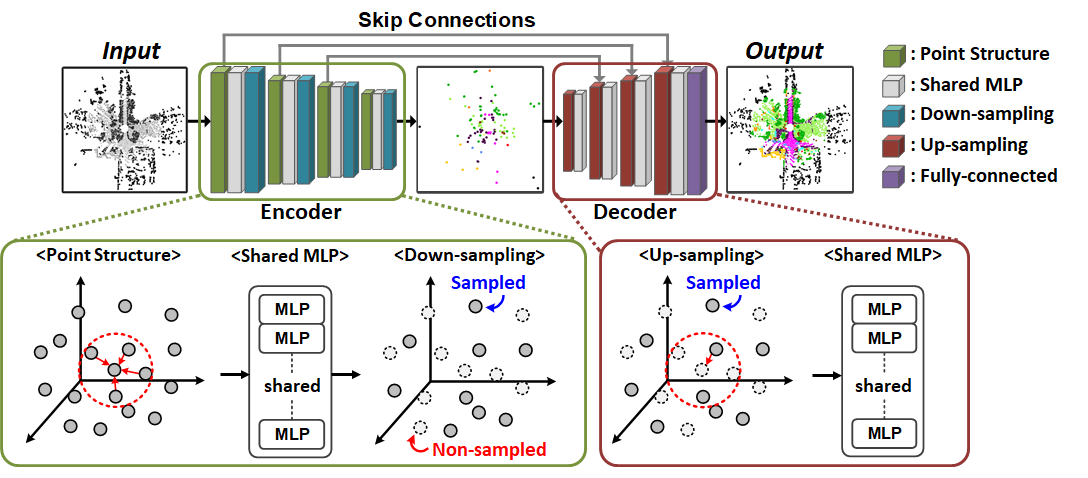Spatial AI stands as a pivotal element in autonomous vehicles, crucial for ensuring the safety of passengers through advanced 3D situational comprehension and vehicle control requiring high computational power. The challenge is real: as autonomous vehicles travel, they cannot replenish energy, making the consumption of computing power a direct factor in reducing driving range. To address this, our research is intensely focused on developing energy-efficient computational methods. Our innovative approach involves a unique HW-SW co-design and a sensor-friendly architectural design, leading to the creation of specialized AI SoCs (System on Chips) for autonomous driving. We’re dedicated to pushing the boundaries of technology, ensuring safer and more efficient autonomous journeys.”
.



